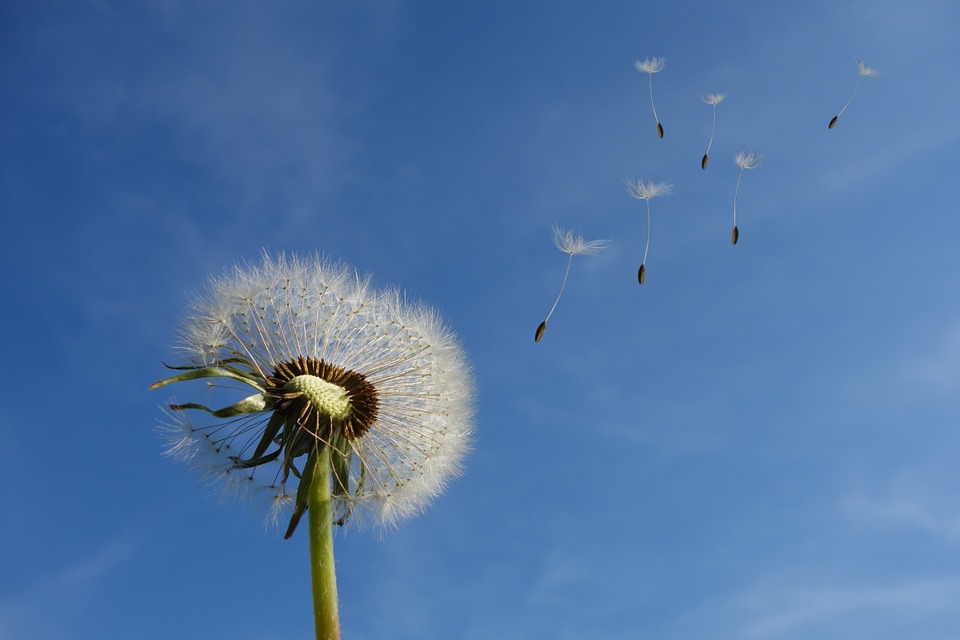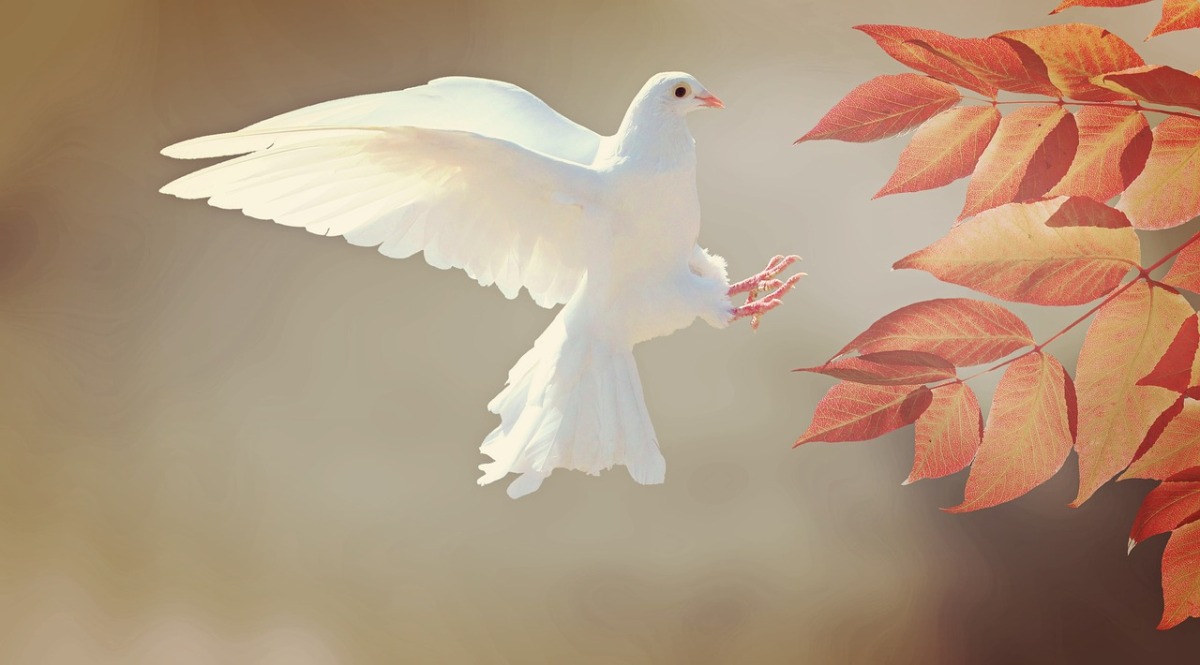by Dr Alena Trckova-Flamee, Ph.D.
The Gods of the Winds appeared between the natural deities already in the Mycenaean Greece. A Priestess of the Winds was named on the Tablet from Mycenaean Knossos written in Linear Script B. Such function in the Knossos palace is giving us proof that the cult of the winds was an important one and that its deities existed there.



